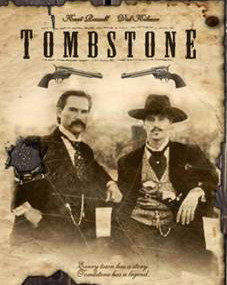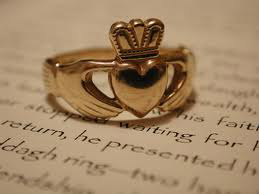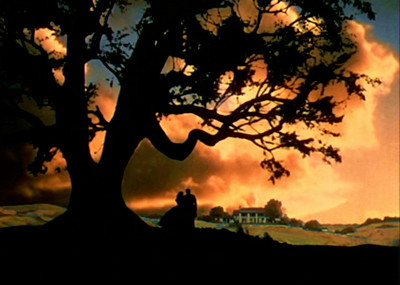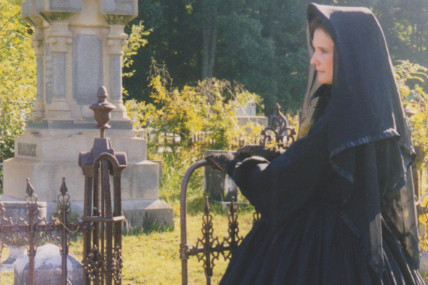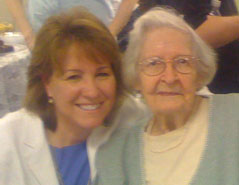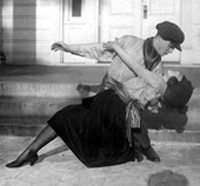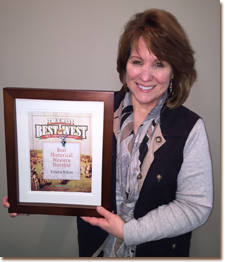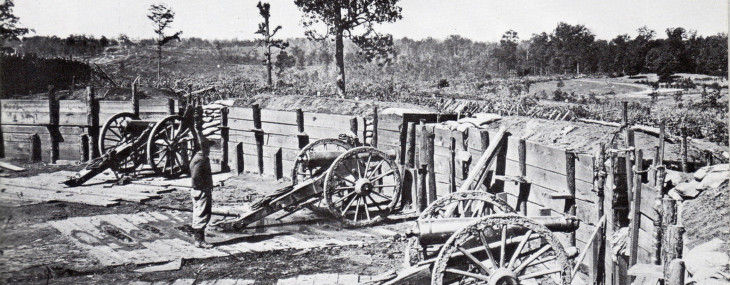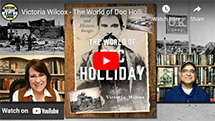In this 20th anniversary year of the movie “Tombstone,” which gave us Val Kilmer’s iconic Doc Holliday and his “hot-blooded Hungarian devil” of a mistress named Kate Elder, it seems appropriate to celebrate their love affair – or at least trace its origins. Which, according to Kate, were something different than the movies might lead us to believe.
The real Kate was, indeed, Hungarian, but had lived most of her young life in the Mississippi River town of Davenport, Iowa, not Budapest. Her given name was Maria Katarina Horoney, the daughter of a Hungarian doctor who had fled his home country during political upheavals there. When her father and mother both later died in a fever epidemic, young Kate left home and traveled down the Mississippi to St. Louis, where she met a young man named John Henry Holliday – or so she said in her memoirs years later. But as everyone knew Doc Holliday had never been in St. Louis, her story was discounted for decades and largely ignored by historians. More likely, she met Holliday in the rowdy trail town of Ft. Griffin, Texas, where he also first met lawman Wyatt Earp, and was just trying to give herself a more respectable past.Continue reading
